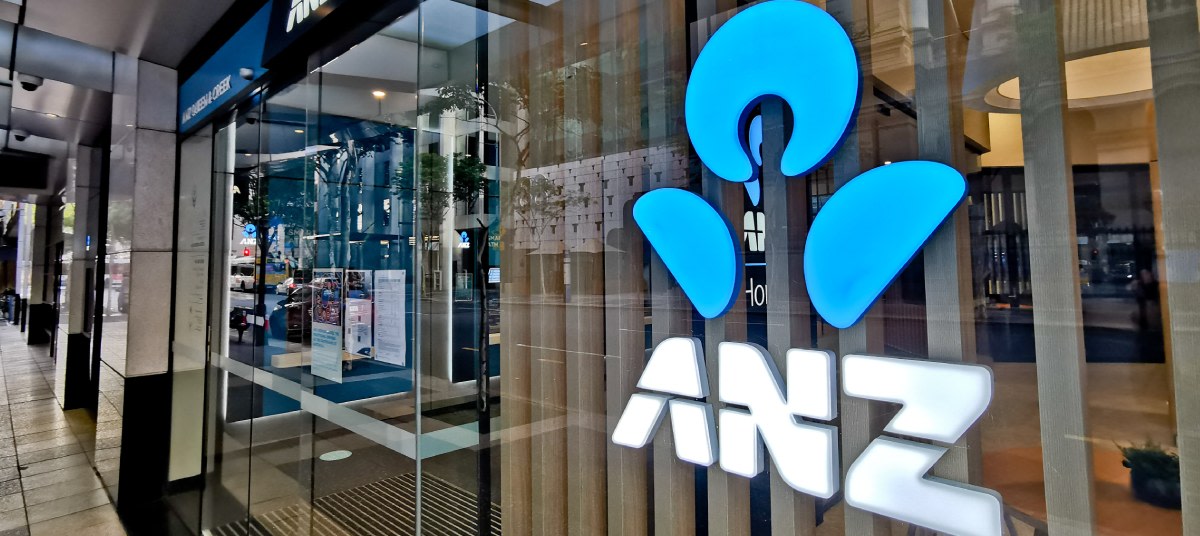
The major bank’s chief executive has suggested those facing the mortgage cliff are feeling less stress than other customers.
Speaking to the House of Representatives during the review of Australia’s four major banks on Wednesday (12 July), ANZ chief executive Shayne Elliott suggested that borrowers coming off fixed-rate loans are “less stressed” than the average borrower.
“What’s surprising, and it’s certainly not intuitive, is that the cohort of people who went from fixed to this higher rate flow, the mortgage cliff … they’re actually less stressed than the average customer," he said.
“The reason for that, and even though it’s counterintuitive because they’re the ones having the biggest increase in home loan repayments, is they’re prepared for it, they know it’s coming.
“It’s not a surprise,” Mr Elliott said.
Mr Elliott further stated that the banks, such as ANZ, spoke to customers well in advance of the cliff, allowing people to modify household budgets to ensure they were able to continue to meet payment obligations.
Mortgage stress on the rise
This follows a recent report by Roy Morgan revealing the number of Australians facing the risk of mortgage stress increased by 627,000 over the last year to May 2023.
The research indicated an estimated 1.43 million mortgage holders, accounting for 28.8 per cent of all mortgage holders, were deemed “at risk” of mortgage stress during the three months leading up to May 2023.
While the Reserve Bank of Australia’s (RBA) decision to hold the cash rate steady in July may come as good news to some mortgage holders, the cumulative effect of 12 rates hikes, taking the cash rate to 4.1 per cent, has placed a significant burden on many struggling to manage their substantial debt obligations.
The report warned that if the RBA raises interest rates by an additional 25 bps to reach 4.35 per cent, the number of mortgage holders at risk of mortgage stress will surpass the levels reached during the global financial crisis in early 2008 (1,455,000).
It estimated that 1,485,000 mortgage holders would be considered “at risk” if the cash rate climbs to 4.35 per cent.
Fixed-rate cliff well and truly underway
As we entered June, a large proportion of borrowers on super-low fixed-rate home loans began to see their terms expire.
According to the RBA, around one-third of the outstanding housing credit are for fixed-rate loans and around half of that, estimated to be around $350 billion over 800,000 loans, are expected to roll off between June and September 2023.
[RELATED: Mortgage holders on the brink: Roy Morgan]
 Login
Login










JOIN THE DISCUSSION
Adrian Suljanovic
AUTHOR
Adrian Suljanovic is a journalist on Momentum Media's mortgages titles: The Adviser and Mortgage Business.
Adrian has written for a range of titles under the Momentum Media umbrella such as IFA, Investor Daily and Lawyer’s Weekly before joining the mortgages team in 2022.
He graduated from the University of Wollongong in 2021 gaining a Bachelor of Communication & Media with a major in Digital & Social Media.
E-mail Adrian at: adrian.suljanovic@momentummedia.com.au